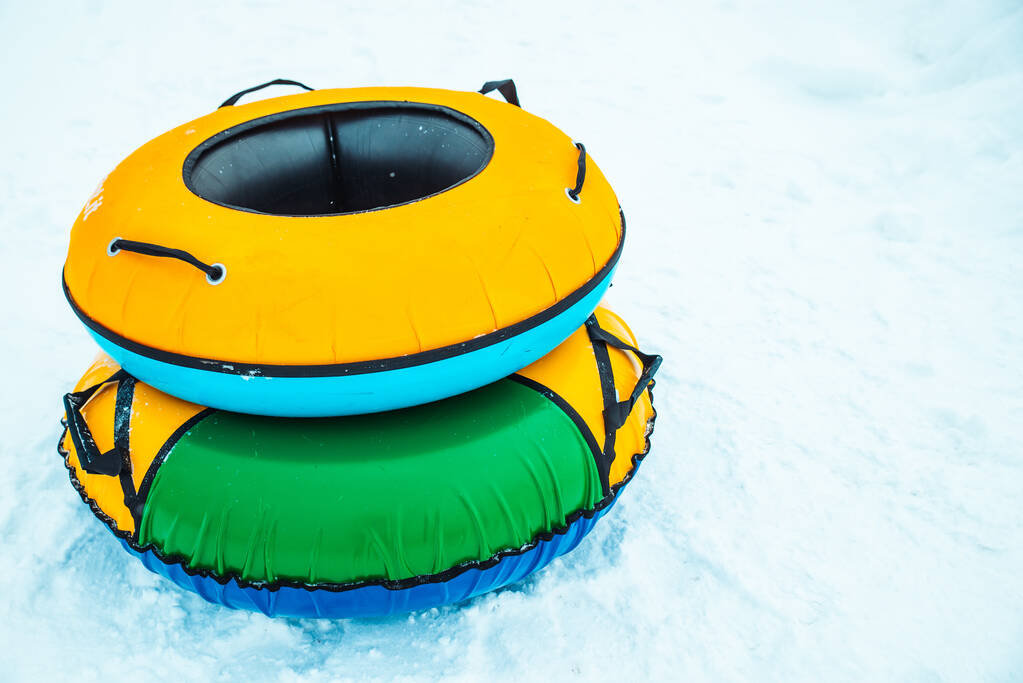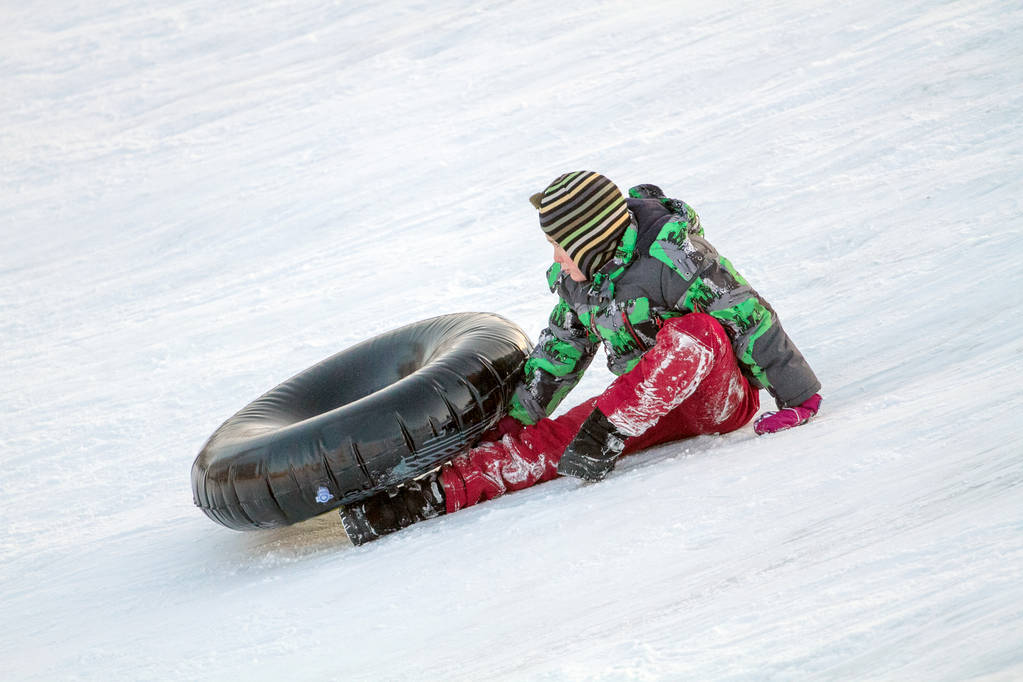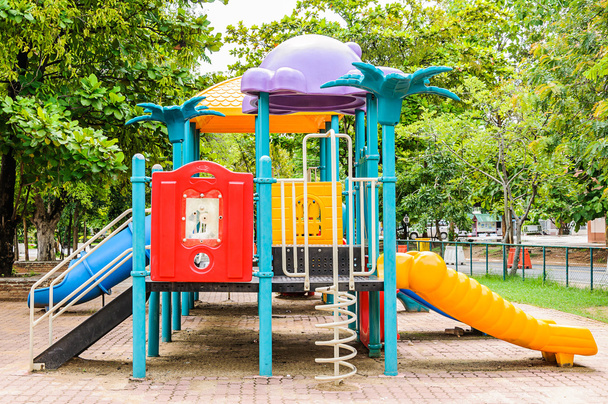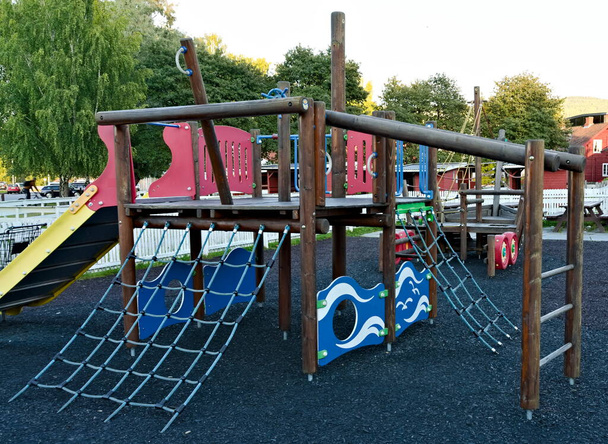Exploring the Thrills of Vail Tubing: Pricing, Availability, and More
Are you ready to embark on a thrilling adventure in the snow-covered wonderland of Vail, Colorado? If you’re looking for a fun-filled winter activity that the whole family can enjoy, tubing in Vail might be just what you’re searching for.

In this blog post, we’ll answer your burning questions about Vail tubing, including whether Vail has tubing, the availability of a tubing hill, and pricing information.
Does Vail Have Tubing?
Yes, Vail offers an exciting tubing experience for visitors and locals alike. Tubing in Vail is a fantastic way to enjoy the beauty of the Rocky Mountains while experiencing the thrill of sliding down the slopes on an inflatable tube. Whether you’re a beginner or an experienced tuber, Vail’s tubing options cater to a wide range of skill levels, ensuring a memorable adventure for everyone.
Does Vail Have a Tubing Hill?
Vail boasts a tubing hill that promises hours of entertainment for all ages. The tubing hill is typically located at a designated area within the resort, and it’s equipped with specially designed tubing lanes to ensure safety and excitement. The hill provides a controlled environment, making it an ideal location for tubing enthusiasts who want to experience the adrenaline rush of speeding down the slopes.
Is Vail Tubing Closed?
While Vail tubing is a seasonal activity that primarily takes place during the winter months, it’s essential to check the status of the tubing hill before planning your visit. Tubing operations are typically open from late November or early December, depending on snow conditions, and run through the winter season until early April. However, operating dates can vary, so it’s recommended to visit the official Vail website or contact the resort directly to confirm tubing availability and any COVID-19-related restrictions that may apply.
How Much Is Tubing in Colorado?
Tubing prices in Colorado, including Vail, can vary depending on the resort and the specific tubing packages they offer. Pricing typically includes the use of tubes, access to the tubing hill, and sometimes other amenities like lifts or conveyor belts to transport tubers to the top of the hill. Here are some general pricing guidelines:
- Hourly Rates: Many tubing facilities offer hourly rates, which can range from $20 to $40 per hour per person.
- Day Passes: Some resorts provide day passes that allow unlimited tubing for a full day, with prices ranging from $40 to $70 per person.
- Combo Packages: To make the most of your visit, consider combo packages that may include tubing along with other winter activities like skiing or snowboarding. Prices for combo packages can vary widely.
- Children and Group Rates: Resorts often offer discounted rates for children, and they may have special group rates for larger parties.
Please note that these prices are approximate and can change from season to season, so it’s always a good idea to check with the specific resort you plan to visit for the most up-to-date pricing information.

In conclusion, Vail offers an exhilarating tubing experience for winter enthusiasts. The tubing hill is a fantastic destination for individuals, families, and groups looking for an unforgettable winter adventure in the heart of the Rocky Mountains. Before planning your trip, verify tubing availability, operating hours, and pricing information to ensure you have a seamless and enjoyable tubing experience in Vail, Colorado.
Learn more at Wiki as well.


